Menu
Intellectual Property Protection on the Internet
- February 28, 2025
- 2 Comments
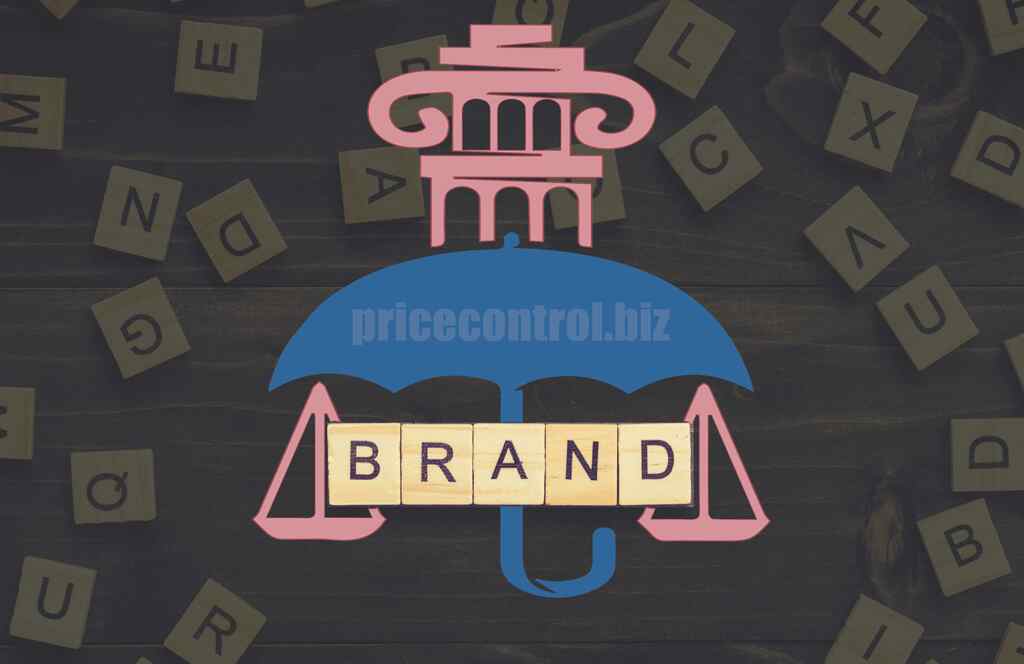
Intellectual property protection refers to legal, administrative, and technical measures aimed at preventing the unlawful use, copying, or distribution of intellectual property (IP) assets. These measures include registering patents, trademarks, copyrights, and other protective actions that form the legal basis for combating infringement.
The internet has opened limitless opportunities for business and creativity, but it has also become a platform for intellectual property rights (IPR) violations. For companies and entrepreneurs operating in the U.S. and EU, it is essential to understand how to protect their rights in this global market. Let’s explore the key aspects of IP protection in these jurisdictions.
Содержание
What is intellectual property
Intellectual property (IP) represents the outcomes of creative and intellectual activity, encompassing inventions, literary and artistic works, trademarks, trade names, industrial designs, and trade secrets. The primary goal of IP protection is to grant its owners exclusive rights to use and manage their ideas and developments.
Characteristics of Intellectual Property
- Intangibility: Intellectual property assets are intangible. For example, while physical objects can only be used by one person at a time, millions of people can simultaneously use the same IP asset if the owner grants permission.
- Exclusivity: Exclusive rights to IP assets belong solely to their owner. Others cannot use these assets without explicit permission. Merely not prohibiting use does not constitute permission.
- Materialization of intangible assets: For instance, a musical composition is intangible but can be recorded on a physical medium, like a CD. Owning the CD does not grant ownership of the composition itself; the owner cannot alter the music but can use the disc as they wish.
- Legally defined scope: The classification of IP must be established by law. For example, a website’s domain name, while bearing certain characteristics of IP, is not legally considered as such unless explicitly mentioned in legislation.
Intellectual Property in the Digital Environment
The internet, as a global platform, blurs national boundaries and presents unique challenges for IP protection:
- Rapid content dissemination: Copyright violations and unauthorized use of trademarks can quickly reach a global audience via social media, file-sharing platforms, and websites.
- Anonymity of users: Identifying violators is complicated by anonymous accounts, VPNs, and proxy servers, making investigations lengthy and complex.
- Jurisdictional issues: Violations may occur in one country while affecting IP owners in another, creating difficulties in applying local laws and facilitating international cooperation.
- Technological challenges: Rapidly evolving technologies, such as artificial intelligence and blockchain, introduce new avenues for IP violations, such as automated counterfeit creation or unauthorized use of works without the owner’s consent.
Intellectual Property Issues on the Internet
In the digital age, protecting intellectual property faces numerous challenges due to the unique nature of the internet. Global accessibility, the rapid dissemination of content, and user anonymity make the online space a fertile ground for intellectual property rights violations. Below are the main issues faced by IP owners on the internet.
Piracy and Illegal Copying
- Distribution of illegal content through torrent trackers, file-sharing platforms, and pirate websites, including movies, music, books, and software.
- Counterfeiting goods of well-known brands using their trademarks without permission.
Fraud and Counterfeiting
- Active sale of counterfeit products such as clothing, footwear, accessories, and electronics via marketplaces, social media, and messaging platforms.
- Creation of fake brand websites to deceive consumers.
Copyright Violations
- Illegal publication and resale of copyrighted materials, including images, videos, and articles.
- Use of third-party content without proper attribution or licensing.
Cybersquatting and Phishing
- Registration of domain names resembling official websites of well-known companies to extort money for their transfer or spread malware.
- Creation of phishing pages to steal user data, such as passwords and banking information.
What is a trademark
A trademark is a type of intellectual property that identifies goods and services as belonging to specific companies. Trademarks may take the form of symbols, words, phrases, designs, or combinations thereof. Trademarks protect a company’s brand and contribute to building its reputation. A registered trademark grants the owner exclusive rights to use it in commercial activities.
The concept of trademarks originated from the English term "trademark" and its symbol ™, which is often used informally. In legal contexts, the term "trademark" is defined along with the symbol ®.
The first legislation on trademark protection is believed to date back to 1266 in England, requiring bakers to mark their goods. By 1373, in addition to the maker’s mark, a guild mark was mandated, symbolizing the master’s guild membership. Individual marks could be inherited or bequeathed, and falsification of marks was punishable by severe penalties, including death or the loss of one’s right hand.
 Trademarks can be bought and sold. For instance, the globally recognized Swoosh logo of Nike was purchased in 1971 from a design student for just $35.
Trademarks can be bought and sold. For instance, the globally recognized Swoosh logo of Nike was purchased in 1971 from a design student for just $35.
Trademarks may also be licensed to other companies under agreed terms and durations. Trademarks may also be licensed to other companies for an agreed period or under certain conditions.
Trademarks are an effective way to market brands. In fact, the power of branding in business is critical, and the use of brands in marketing is legendary.
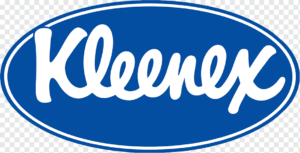 The Kleenex brand name has become synonymous with facial tissues. Owned by Kimberly-Clark, Kleenex was introduced in 1924 as a disposable makeup remover and later, in 1930, as paper handkerchiefs. Today, Kleenex remains the world’s top-selling facial tissue brand.
The Kleenex brand name has become synonymous with facial tissues. Owned by Kimberly-Clark, Kleenex was introduced in 1924 as a disposable makeup remover and later, in 1930, as paper handkerchiefs. Today, Kleenex remains the world’s top-selling facial tissue brand.
A trademark may not be used by others without the permission of its owner. It is also forbidden to use any signs that can be confused with existing ones. This means that a company cannot use a symbol or trademark if it looks or sounds similar to or has the same meaning as an already registered trademark, especially if the products or services are related.A trademark may not be used by others without the permission of its owner. It is also forbidden to use any signs that can be confused with existing ones. This means that a company cannot use a symbol or trademark if it looks or sounds similar to or has the same meaning as an already registered trademark, especially if the products or services are related.
For example, a soft drink company cannot legally use a symbol that looks like the Coca-Cola symbol and cannot use a name that sounds like Coca-Cola.
The illegal exploitation of trademarks in trade is not uncommon. This is especially common on the Internet. Well-known brand names are used to sell fakes, replicas and contraband.
Violations occur both in the content of sites and their addresses (domain names). That is why the protection of the trademark becomes one of the priority tasks. The first step is to identify and then stop inconsistent use of the brand. Sounds simple, but how to put it into practice and where to start?
will allow timely detection and response to the actions of violators.
Book a consultation with our specialist

Protecting Trademarks on the Internet
Protecting trademarks on the internet is a priority. The process involves:
- Identifying unauthorized use of the brand.
- Stopping violations effectively.
While this seems straightforward, implementation can be complex. Strategic steps, legal action, and robust monitoring tools are often required to safeguard your brand online.
Examples of Trademark Infringement
Similarity of Names
Example: A company called Applefy produces electronics, including smartphones, and uses a logo featuring a half-bitten apple. This misleads consumers into associating the products with the well-known brand Apple.
Similarity of Products
Example: A brand named Adidass sells sportswear and footwear that copies the stylistic elements of Adidas products, including the iconic three stripes. Despite a slight difference in the name, the products are nearly identical in category and appearance.
Profit Exploitation
Example: A small business sells watches branded as Rolecks, deliberately creating the illusion that they are premium Rolex products. This strategy boosts sales by leveraging the reputation of the renowned brand.
These examples illustrate common types of trademark violations and demonstrate how they can mislead consumers and foster unfair competition.
How Manufacturers Can Protect Their Trademarks Online
 Many sellers and manufacturers often fail to fully assess the risks and consequences of improper use of a trademark name. At first glance, this might seem like a benefit: additional free advertising and increased brand visibility. However, over time, you may find that sales of original products have decreased due to the spread of counterfeits. The abundance of replicas tarnishes the brand's reputation, reduces traffic to the official websites of manufacturers and their representatives.
Many sellers and manufacturers often fail to fully assess the risks and consequences of improper use of a trademark name. At first glance, this might seem like a benefit: additional free advertising and increased brand visibility. However, over time, you may find that sales of original products have decreased due to the spread of counterfeits. The abundance of replicas tarnishes the brand's reputation, reduces traffic to the official websites of manufacturers and their representatives.
Millions of trademarks have already been registered worldwide, and their number continues to grow each year. During the pandemic, many of these brands moved online.
The most vulnerable to infringement by unscrupulous entrepreneurs are manufacturers of clothing and footwear, equipment and gadgets, and home goods. The negative consequences of such violations include:
- Damage to the brand's reputation
- Decreased sales of original products
- Reduced traffic to official websites
- Proliferation of counterfeit goods.
How to Protect Your Trademark?
Trademark Registration
Ensure your trademark is registered in the relevant jurisdictions (e.g., through the USPTO in the U.S. or EUIPO in the EU). Registration provides the legal foundation to enforce your brand rights.
Internet Monitoring
Use specialized tools, such as Price Control, Google Alerts, or Mention, to track mentions of your brand online. Early detection of potential violations allows for timely action.
Collaborate with Marketplaces
Work closely with platforms like Amazon, eBay, or Etsy to address cases of counterfeit product sales. Most marketplaces offer built-in tools for reporting intellectual property infringements.
Legal Actions
Engage legal professionals to issue formal complaints or file lawsuits against violators. This is particularly critical for repeat offenders or cases causing significant damage to your business.
Digital Identification
Implement protection tools like watermarks, digital certificates, and unique product markers to make your products and content harder to counterfeit.
By combining proactive monitoring, robust legal protections, and collaboration with online platforms, businesses can effectively safeguard their trademarks and minimize the risks of infringement in the digital space.
Protecting Domain Name Rights
A domain name is a unique address on the internet used to identify a website. It consists of two primary components: the name (e.g., "example") and the domain extension (e.g., ".com"). Domain names simplify website access by replacing complex numerical IP addresses. Registering a domain name grants the owner exclusive rights to its use within a specified zone for a set period, preventing others from using it.
While domain names are not considered intellectual property under the laws of many countries, disputes over domain name copying are common. Many lawsuits involve the use of globally recognized brand names in domain names to attract customers.
Functions of a Domain Name vs. a Trademark
Unlike a trademark, a domain name primarily serves to:
- Indicate a website's address in search queries.
- Promote a business.
- Individualize the company owning the site.
Plagiarism of domain names misleads users, who may intend to visit a well-known brand's site but are instead redirected to unfamiliar websites. In essence, using a domain name that closely resembles a brand's site name can be considered a violation of intellectual property rights.
Since domain names are unique and cannot exist in duplicate across the internet, disputes over domain names (domain disputes) arise when one party's domain infringes on another's rights.
Methods for Protecting Domain Names
Domain Name Registration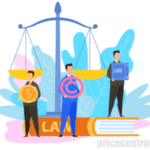
Register a domain name matching your brand in popular international (.com, .net) and local (.us, .eu) zones. This reduces the risk of bad actors registering similar domains.
Domain Name Monitoring
Use tools such as DomainTools, Whois, or Namecheap to monitor for the registration of domain names similar to yours. This helps detect cybersquatting early.
ICANN and UDRP
In cases of cybersquatting, file a complaint under the Uniform Domain Name Dispute Resolution Policy (UDRP) provided by ICANN. This process allows legitimate brand owners to reclaim domain names quickly.
Preventive Measures
- Register popular variations of your domain name (e.g., different spellings or extensions) to prevent malicious use.
- Consider registering domain names that include common typos of your brand name.
SSL Certificates
Secure your site with SSL certificates to protect user data and build trust. An SSL certificate also provides an additional layer of security, preventing phishing and other fraudulent activities.
A domain name is more than just an address; it’s a critical aspect of your brand's identity and online presence. By proactively registering, monitoring, and safeguarding your domain, you can ensure that your business avoids confusion, maintains credibility, and prevents unauthorized use by competitors or malicious actors.
How to Protect Intellectual Property Online from Counterfeiting
Counterfeit products are one of the most common violations of intellectual property rights on the internet. The sale of counterfeit goods negatively impacts both the economy and the revenue and reputation of trademark owners. While legal proceedings against counterfeit sellers on online platforms can be lengthy, there are alternative strategies to stop violators from trading in counterfeit goods.
Strategies to Combat Counterfeiting Online
Content Monitoring
Use automated tools like Price Control, BrandShield, or Sentryc to identify and remove illegal content associated with your brand. These tools monitor websites, marketplaces, and social media platforms for counterfeit listings.
Reporting to Platforms
Most major marketplaces (e.g., Amazon, eBay, Alibaba) offer mechanisms for reporting counterfeit products. Regularly search for items mimicking your brand and file complaints to have them removed.
Protect Visual Identity
Register key elements of your brand, such as logos, packaging, and unique designs, as trademarks or industrial designs. This ensures you have the legal basis to act against counterfeiters.
Direct Action Against Violators
Engage legal firms specializing in intellectual property to file lawsuits against counterfeit manufacturers and distributors. These actions are particularly effective for repeat offenders or large-scale violations.
Educational Campaigns
Educate your customers on how to recognize authentic products and the risks associated with purchasing counterfeits. Use your website, social media, and product packaging to share this information.
Digital Protection Technologies
Implement advanced technologies to help customers verify product authenticity, such as:
- QR Codes: Unique codes that link to verification systems.
- RFID Tags: Embedded chips that confirm a product's origin.
- Blockchain: Decentralized tracking systems that provide a secure history of a product's journey from manufacturer to consumer.
Counterfeiting erodes trust in your brand, damages your market share, and can lead to safety concerns for consumers, especially in industries like electronics, pharmaceuticals, and cosmetics. By leveraging both proactive measures (like monitoring and registration) and customer education, you can minimize the impact of counterfeiting on your business while enhancing customer confidence in your brand.
Searching for brand presence on the Internet will allow you to find all the sellers of your brand in the market and determine which of them violate your rights.
Do you want to know how it works?
Order a test service
By sending a message, you authorize the collection and processing of personal data.

10:00 - 19:00 (mon-fr)
info@pricecontrol.biz
How to Register a Trademark in Europe and the United States
To ensure the protection of a trademark, it must be registered in a timely manner. The process differs slightly between the European Union and the United States, with dedicated agencies overseeing intellectual property rights in each region.
Trademark Registration in the EU: European Union Intellectual Property Office (EUIPO)
In the EU, trademarks and industrial designs are registered through the EUIPO (European Union Intellectual Property Office). The steps include:
- Check for Uniqueness: Verify that your trademark is unique using the TMview database.
- Submit an Application: File your application via the EUIPO’s online portal.
- Pay the Registration Fee: Fees start at €850 for one class of goods or services.
- Wait for Review: The application review process typically takes 4–6 months.
EUIPO Website: https://euipo.europa.eu/
Trademark Registration in the U.S.: United States Patent and Trademark Office (USPTO)
In the U.S., trademarks and patents are registered through the USPTO (United States Patent and Trademark Office). The process involves:
- Determine Uniqueness: Ensure your trademark is unique and not already in use.
- File an Application: Submit your application via the TEAS (Trademark Electronic Application System).
- Pay the Registration Fee: Fees start at $250, depending on the type of application.
- Wait for Review: Processing times can range from a few months to over a year.
USPTO Website: https://www.uspto.gov
Differences in Trademark Protection Between the EU and the USA
- USA: First-to-Use System
In the U.S., trademark rights are granted to the first party to use the mark in commerce, even if it is not officially registered. However, registration provides significant advantages, such as the ability to sue in federal court. - EUROPE: First-to-Register System
In the EU, rights are granted only after the trademark is officially registered. This makes the system more transparent but requires businesses to act quickly to secure protection.
Trademark Protection in Practice
Case in the U.S.: Tiffany & Co. vs. Costco Wholesale Corp.
Jewelry brand Tiffany & Co. won a lawsuit against Costco for using the "Tiffany" name to sell engagement rings. Costco was ordered to pay $21 million, highlighting the importance of trademark enforcement in the U.S.
Case in the EU: Adidas vs. H&M
Adidas filed a lawsuit against H&M for using similar stripe designs on clothing, claiming it violated their trademark. The court ruled that H&M's designs did not cause confusion, emphasizing the importance of clear trademark registration in the EU.
Trademark protection is a critical aspect of safeguarding your brand in today’s global marketplace. By understanding regional requirements and leveraging available resources, businesses can effectively protect their intellectual property. For additional assistance, consult professionals specializing in trademark law.
How Price Control Can Protect Your Trademark Rights
Price Control offers powerful solutions to safeguard your trademark and brand presence online. Here’s how we can help:
Brand Monitoring
Our systems track mentions of your trademark across marketplaces, social media, and other online channels to identify potential violations. Early detection allows you to act quickly and maintain control of your brand’s reputation.
Counterfeit Detection
We use advanced tools to locate counterfeit products that misuse your brand name and help prevent their sale. This minimizes the impact of counterfeiting on your revenue and customer trust.
Price Management
Price Control ensures compliance with your recommended retail pricing (RRP) to maintain your brand’s value and prevent unfair competition from unauthorized sellers.
Complaint Filing Support
We assist in preparing and filing official complaints against violators on popular platforms such as Amazon, eBay, and others. This streamlines the process of removing infringing listings and protecting your intellectual property.
Analytics and Reporting
Our detailed reports provide insights into the state of your brand online, including violations, counterfeit trends, and pricing inconsistencies. These insights empower you to make informed decisions and adjust your strategy as needed.
Benefits of Partnering with Price Control
By working with Price Control, you can:
- Effectively protect your brand from trademark infringement and counterfeiting.
- Strengthen your online presence and reputation.
- Reduce risks associated with intellectual property violations.
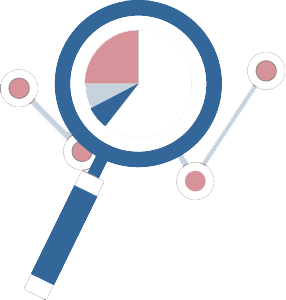 Let Price Control be your trusted partner in safeguarding your brand and ensuring its success in the digital marketplace.
Let Price Control be your trusted partner in safeguarding your brand and ensuring its success in the digital marketplace.
________________________________________________________
Resources and Support
- U.S. Small Business Administration (SBA): Offers guidance on intellectual property protection for small businesses.
Website: https://www.sba.gov - European IPR Helpdesk: Provides free IP consultations for small and medium-sized businesses in the EU.
Website: https://iprhelpdesk.eu/user/login - World Intellectual Property Organization (WIPO): A global resource for registering IP in multiple countries.
Website: https://www.wipo.int/portal/en/index.html
Want to learn more or book a consultation with a specialist? Contact us!
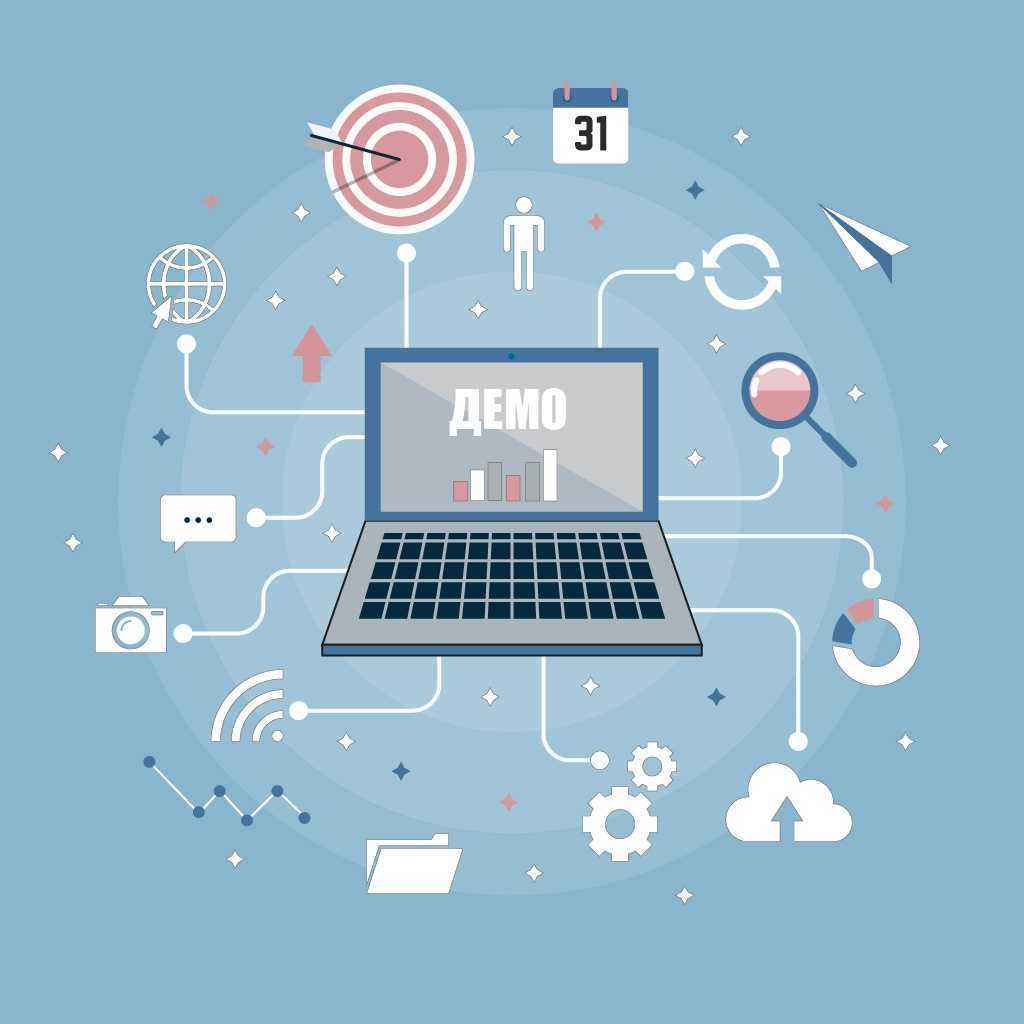

Irina Zheleznyakova
Price Control Project Manager.
Director of LLC "KA Perspektiva - 3000"
How useful was this post?
Click on a star to rate it!
Average rating 4.3 / 5. Vote count: 24
No votes so far! Be the first to rate this post.
Share on social networks
- info@pricecontrol.biz
- 10:00 — 19:00 ( Mon-Fri) — Оffice
- 10:00 — 21:00 (Mon-Sun) — technical support
- +38 093 234 55 03
We are in social networks
Glory to Ukraine
For clients
About
- Payment methods



